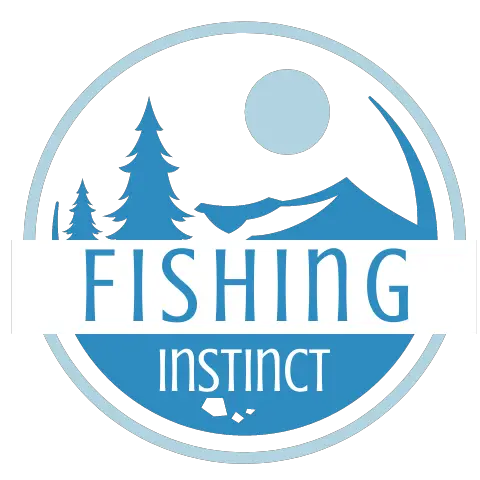I was looking into the best baits and lures for trout, and I was wondering if trout eat frogs. So, I did some more research. Here’s what I found.
While insects make up the majority of a trout’s diet, they are opportunistic feeders and will eat a variety of other small animals if they are available. This can include frogs and tadpoles, as well as small fish, crustaceans, and other aquatic invertebrates.
Let’s take a closer look at what trout prefer to eat and the best baits and lures to catch them.

What Do Trout Like to Eat the Most?
Frogs and tadpoles are not a significant part of a trout’s diet, and are more likely to be consumed opportunistically rather than as a primary food source.
Trout typically feed on a variety of small aquatic insects, such as mayflies, caddisflies, and stoneflies, as well as smaller fish, crustaceans, and other aquatic invertebrates. In general, insects make up the majority of a trout’s diet, and they will often feed on whichever insects are most abundant in their habitat.
Trout are opportunistic feeders, which means that they will eat whatever food is most readily available to them. In addition to insects, trout may also feed on small mammals and birds that fall into the water, as well as plants and algae.
It’s worth noting that the specific prey items that trout will eat can vary depending on a variety of factors such as the size of the trout, the availability of prey, and the specific habitat in which the trout lives. Trout prefer smaller prey, but occasionally eat larger prey if it’s available and they are hungry.
Recommended: Can Trout Live in a Pond? Size, Food, & More
When Do Trout Feed?
Trout feed throughout the day, with the most active feeding periods occurring in the early morning and late evening when the water is cooler and there is less light. However, trout can also feed at other times of the day, especially if the conditions are right and there is plenty of food available.
Trout are opportunistic feeders, which means that they will eat whenever food is available. This can include insects that are hatching, small fish and other aquatic invertebrates that are swimming near the surface, and even plants and algae.
Recommended: Do Trout Die After Spawning? Here’s What I Found
The Best Season to Fish For Trout
The spring and fall tend to be the best seasons for trout fishing in many locations. The best season to fish for trout can vary depending on a variety of factors, including the specific species of trout you are targeting, the location, and the type of fishing you are doing.
In the spring, trout are often more active and willing to feed as they emerge from their winter dormancy and begin to build up their energy reserves. The warmer water temperatures and increasing daylight also often lead to an increase in insect activity, which can make the trout more receptive to baits and lures.
In the fall, trout may also be more active as they prepare for the colder months ahead, and the cooler water temperatures can make them more willing to bite. The changing colors of the leaves can also make for a beautiful backdrop while fishing.
It’s worth noting that the specific timing of the best season for trout fishing can vary depending on the location and the specific habitat in which the trout live. In some cases, fishing for trout may be best during other times of the year, such as during the summer or winter.
It’s always a good idea to do some research on the local fishing conditions and regulations before planning a fishing trip.
Best Baits and Lures for Trout
Some of the most effective baits for catching trout are:
- Worms
- Minnows
- Grubs
Some of the most popular lures for trout are:
- Spinners: Spinners are small, spinning lures that are often dressed with feathers or other materials to mimic the appearance of small fish or insects. Spinners are typically fished with a slow, steady retrieve, and can be effective for catching both surface-feeding and bottom-dwelling trout.
- Crankbaits: Crankbaits are small, hard-bodied lures that are designed to mimic the appearance and movement of small fish or insects. They are typically fished with a fast, jerky retrieve, and can be effective for catching both surface-feeding and deeper-dwelling trout.
- Soft plastics: Soft plastics, such as worms, grubs, and minnow imitations, can be very effective for catching trout. These lures are typically fished on a jighead or other type of weight, and can be effective for catching bottom-dwelling trout.
- Flies: Flies are small, artificial lures that are typically used in fly fishing. There are many different types of flies that can be used to imitate various insects and other prey, and fly fishing can be particularly effective in clear, shallow water.
I personally use worms, corn, or powerbait when fishing for trout.
It’s worth noting that the specific bait or lure that works best for catching trout can vary depending on the location, the specific habitat in which the trout live, and the current fishing conditions.
It’s a good idea to try a variety of different baits and lures to see what works best in a given situation. Also, follow local fishing regulations and to use baits and lures that are safe and respectful of the environment.
